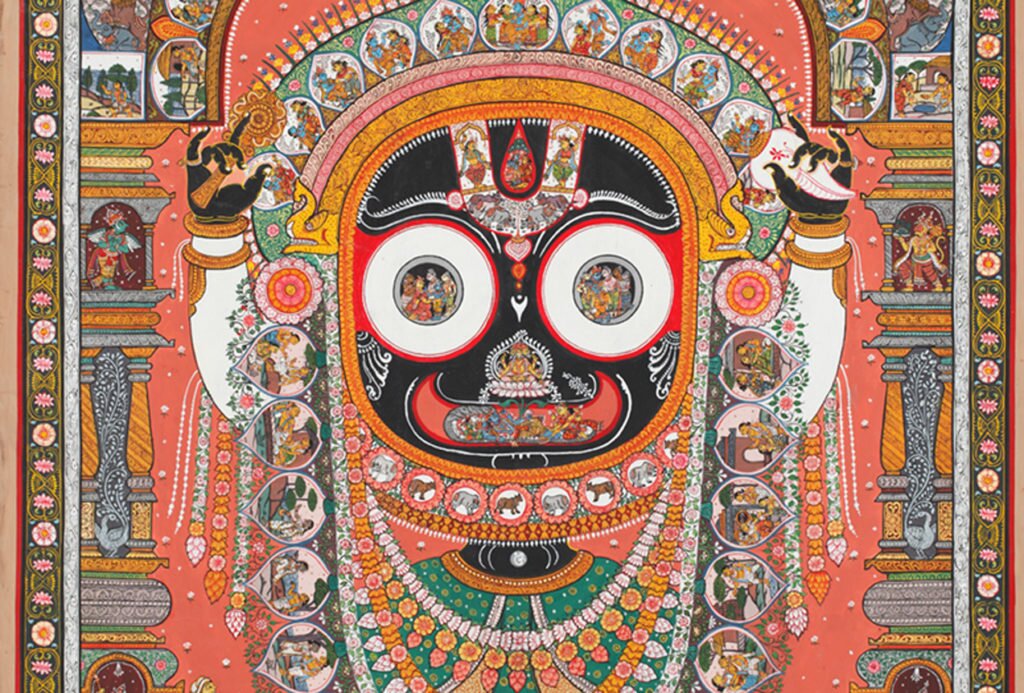Covid-19 Affects Odisha’s Art and Festival | 13 Apr 2020
Why in News
Recently, Odisha’s Ganjam district administration banned the Meru Jatra festival and congregations related to it at temples on the occasion of Mahavishub Sankranti (13th April, 2020), due to Covid-19.
- Covid-19 has also affected the sale of Pattachitra paintings.
Meru Jatra Festival
- Meru Jatra marks the end of the 21-day-long festival of penance named ‘Danda Nata’.
- Danda Nata is celebrated in the month of 'Chaitra'.
- Danda as the name implies, is self-inflicted pain, which the danduas (people who participate in the festival) undergo to pay their obeisance to the lord Kali. It is also a form of worshipping the lord Shiva and his consort Parvati.
- The origin of the festival is generally traced to 8th and 9th AD after the decadence of Buddhism in Orissa.
- On the occasion of Mahavishub Sankranti thousands of devotees used to gather at the Tara Tarini hill shrine and other temples.
- Tara Tarini hill shrine, located at a hilltop on banks of the Rushikulya river, is a major centre of Shakti worship in Odisha.
- The twin goddesses Tara and Tarini represent one Shakti and are the main deity of Ganjam district (Odisha).
- Mahavishub Sankranti is the start of the Odia New Year.
- Earlier, the administrations had also banned the famous Chaitra Jatra festival at Tara Tarini hill shrine as a precautionary measure against Covid-19 infection.
Pattachitra Painting
- Pattachitra style of painting is one of the oldest and most popular art forms of Odisha.
- The name Pattachitra has evolved from the Sanskrit words Patta, meaning canvas, and Chitra, meaning picture. Pattachitra is done on canvas and is manifested by rich colourful application, creative motifs and designs, and portrayal of simple themes, mostly mythological in depiction.
- Some of the popular themes represented through this art form are Thia Badhia - depiction of the temple of Jagannath; Krishna Lila - enactment of Jagannath as Lord Krishna displaying his powers as a child; Dasabatara Patti - the ten incarnations of Lord Vishnu; Panchamukhi - depiction of Lord Ganesh as a five-headed deity.
- The Pattachitra, when painted on cloth, follows a traditional process of preparation of the canvas. First, the base is prepared by coating the cloth with the soft, white, stone powder of chalk and glue made from tamarind seeds.
- It is a tradition to complete the borders of the painting first. The painter then starts making a rough sketch directly with the brush using light red and yellow. The colours used are normally white, red, yellow, and black.
- When the painting is completed it is held over a charcoal fire and lacquer is applied to the surface. This makes the painting water resistant and durable, besides giving it a shining finish.
